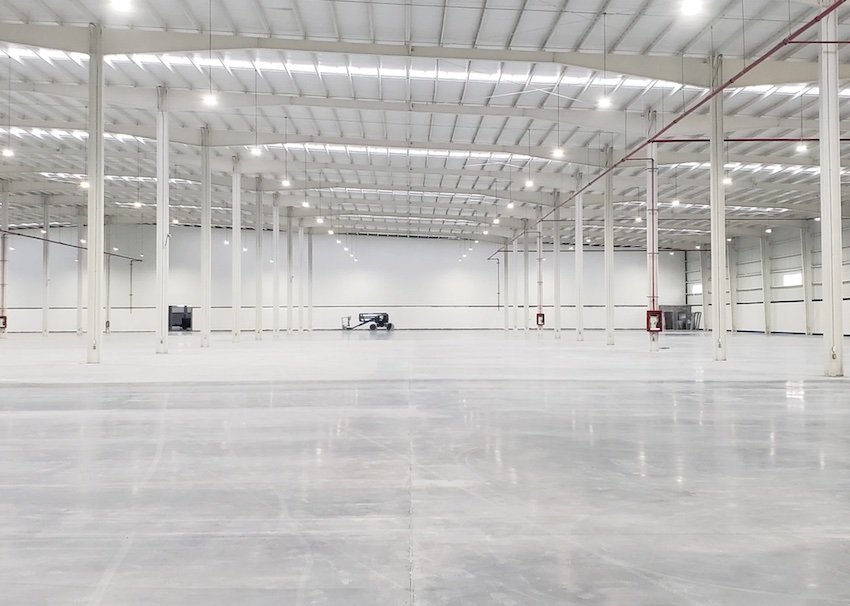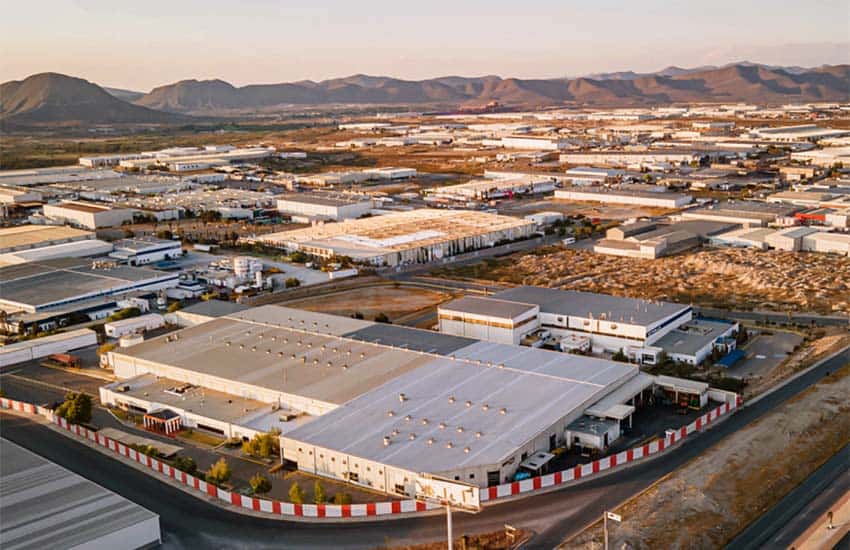Nearshoring has boosted demand for industrial space in Mexico and is growing, leaving industrial developers struggling to keep up.
Mexico City-based real estate fund Meor reported this week that less than 2% of industrial space is currently vacant nationwide, while the figure in the north is close to 0%. The shortage will likely become more acute over time, as demand for space is expected to double over the coming years. Meor predicts there will be demand for 13 million square meters of industrial space over the next five years.

According to U.S. investment bank Morgan Stanley, 300 companies have set up operations in Mexico in 2023 alone, and US $50 billion of foreign direct investment could arrive in the country over the next five years.
“Industrial developers are doing our best, we are all building at rates not seen before, but there are issues that do not allow us to go faster,” Meor’s Chief Investment Officer, Jonathan Pomerantz, told reporters.
“2023 will once again set a record, both in construction and in space occupancy. But I don’t think we’re making the volume necessary to meet demand,” he added.
A record 2 million square meters of industrial space was constructed in Mexico in 2022, Pomerantz said, and 2023’s figure could be even higher. In early September, Mexico’s Ministry of Finance and Public Credit (SHCP) said that construction of industrial sites in some northern cities had increased by more than 150% annually in the second quarter of 2023, driven by high demand and spiraling rents.

“The scarcity of these sites has resulted in increases in their rental prices: during the second quarter of 2023, rents showed annual increases of 24.5% and 16.4% in Monterrey and Ciudad Juárez, respectively,” the SHCP said.
The effects of nearshoring are most apparent in Mexico’s northern states due to their greater industrial development and proximity to the U.S. border. Monterrey, in Nuevo León, has the highest leasing and construction of industrial space in the country, according to the brokerage firm Solili.
However, while the north is racing to keep up with growing demand, the pace of construction and occupation of industrial space is lagging this year in Mexico’s central region, according to the consultancy Datoz. This meant that transactions of industrial warehouses nationwide fell 17.4% annually in the first quarter of 2023, the firm said.
The north also faces many challenges, particularly regarding energy supply. Most industrial hotspots have enough energy generation, Pomerantz said, but there is a lack of infrastructure for energy conversion and transmission.

Despite these difficulties, shortages and rising rents, analysts agreed that the reconfiguration of global supply chains resulting from the COVID-19 pandemic, U.S.-China trade tensions and the Russia-Ukraine war will continue driving businesses to Mexico.
“Given the importance of the United States market worldwide in consumption, settling in Mexico will be necessary for companies that want to maintain a commercial relationship with that country, at least in the short term, despite having higher costs than other countries,” Fernando Pliego, Audit Partner at Salles Sainz, told newspaper El Economista.
With reports from El Economista, Forbes and Expansión
